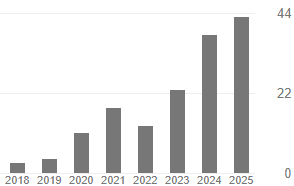The Potential of Waste Water Produced From Split Type Air Conditioner
Keywords:
water quality, condensation process, water produced, domestic activityAbstract
Water is important for people and ecosystems. Extensive use of water sometimes cause shortage of supply. Therefore various alternatives sought to overcome the shortage of water supply. Among the sources of water that has not extended its use of water resources resulting from the split type air conditioner. Condensation processes that occur in this type of air conditioning split units will produce water. Most of the water produced by the air conditioner of this type would normally discharged directly into the drain. This study focuses on the potential uses of the water produced. The focus is on the amount of water produced per unit, and compares with the total daily water use by domestic activities. Further water samples will be taken and tested for content in accordance with the parameters set by the water quality standard (WQI) of dissolved oxygen, biochemical oxygen demand, chemical oxygen demand, ammonia nitrogen, suspended solids and pH value. The results obtained will be compared with water quality standards issued by the Department of Environment, Malaysia. Based on analysis done, the water produced from air conditioning can be categorized in class III which is suitable used in water supply, requiring intensive care. It also can used for fisheries, according to species that have economic value and can tolerate water quality. During observation, it found that the water produced can reach 300 liter and more at the study area.
Downloads
Published
How to Cite
Issue
Section
License
Copyright (c) 2017 Politeknik & Kolej Komuniti Journal of Engineering and Technology

This work is licensed under a Creative Commons Attribution-NonCommercial-NoDerivatives 4.0 International License.







